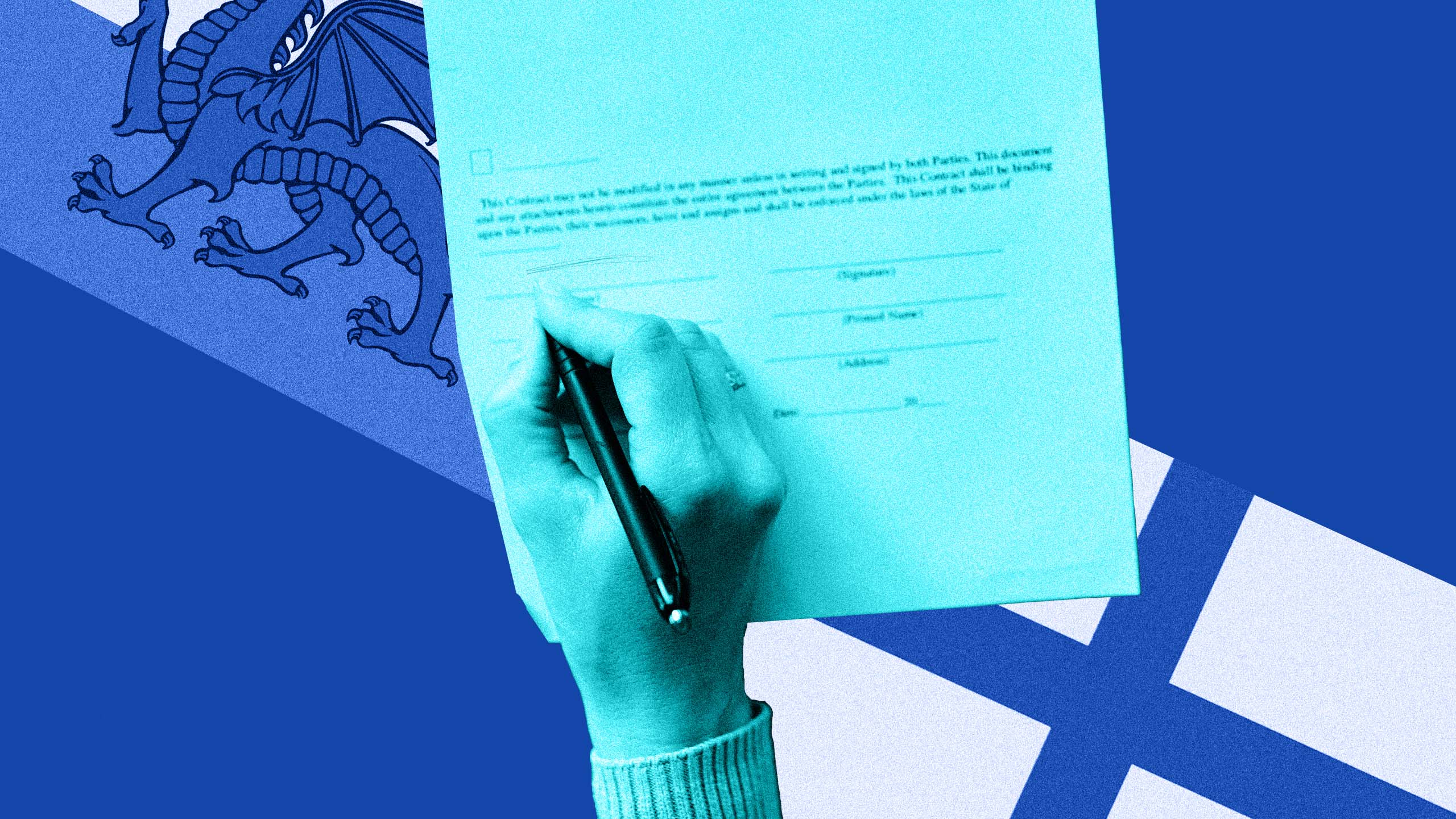For the first time ever, the number of trans and non-binary residents of England and Wales has been counted in the population census. The 2021 England and Wales population census marked the first time that respondents’ sexuality and gender identity has been recorded in the survey’s 220-year history, with new data regarding the country’s LGBTQ+ community released last Friday.
According to the polling, 0.5 percent of people aged 15 or older identify as a gender different to their birth sex—which amounts to around 262,000 people—and 3.2 percent identify as a sexual orientation other than straight. Of the latter group, 1.5 percent identify as gay or lesbian, and 1.3 percent described themselves as bisexual. Of the 44.9 million people polled, 89.4 percent identify as straight and 8 percent opted not to disclose their sexuality.
Findings also suggest that Brighton and Hove have the highest overall lesbian, gay and bisexual population, and Norwich has the highest number of bisexual residents, while Rochford, Essex, is the straightest town in England and Wales.
According to The Guardian, sexuality had previously been monitored through an annual population survey conducted by the Office for National Statistics, but the census provides a more extensive summary.
“For the past two centuries of data-gathering through our national census, LGBTQ+ people have been invisible, with the stories of our communities, our diversity and our lives missing from the national record,” Nancy Kelley, chief executive of Stonewall, a U.K.-based charity, told The Guardian. “[The figures] finally paint an accurate picture of the diverse ‘Rainbow Britain’ that we now live in, where more and more of us are proud to be who we are.”
At 0.5 percent, England and Wales’ reported trans population, according to the census, is notably less than data collected by the multinational research firm Ipsos last summer suggests, with research from the company suggesting that 3.1 percent of people in the country identify as trans or a gender other than male or female.
The U.K. is not the only territory to recently begin counting its queer and trans residents. Canada became the first country to count trans and non-binary residents in its census last year, with trans men, trans women and non-binary people collectively making up 0.33 percent of the population.
While the United States Census Bureau does not currently include direct questions about sexual orientation and gender identity in its census form, this could change soon, with CBS News reporting that the bureau is seeking funds to research how best to ask respondents personal questions regarding gender and sexuality.
Being represented in their country’s statistics is something that concerns queer and trans Americans, with census data serving as an essential resource that could potentially help address inequities within the LGBTQ2S+ community. As it stands, the most extensive survey that currently provides statistics regarding the country’s trans and non-binary population is the U.S. Trans Survey, which is conducted by the National Center for Transgender Equality, a non-profit based in Washington, D.C.
“This is the kind of data our community is desperate for, fighting against bigotry that trans people have to endure,” Josie Caballero, the survey’s director and NCTE’s director of special projects told CNN last year. “This is a community-led survey by trans people, for trans people.”
In the United Kingdom, advocates say the new data could help to understand and combat transphobia, which has been exacerbated in recent years thanks in part to government officials and public figures alike. According to Jayne Ozanne, founder of the British LGBTQ+ advocacy Ozanne Foundation, the newest England and Wales census should help provide a more accurate understanding of the community that should help address inequities moving forward.
“University towns like mine (Oxford) show far higher levels of LGBTQ+ people (also found in Cambridge), pointing to an explosion of younger people being able to be their true authentic selves—and be open about it,” Ozanne told PinkNews.
“This has finally broken the old adage ‘if you’re not counted, you don’t count’—indeed, there is now no excuse for ignoring the needs of some of our most marginalized members of society.”


 Why you can trust Xtra
Why you can trust Xtra


